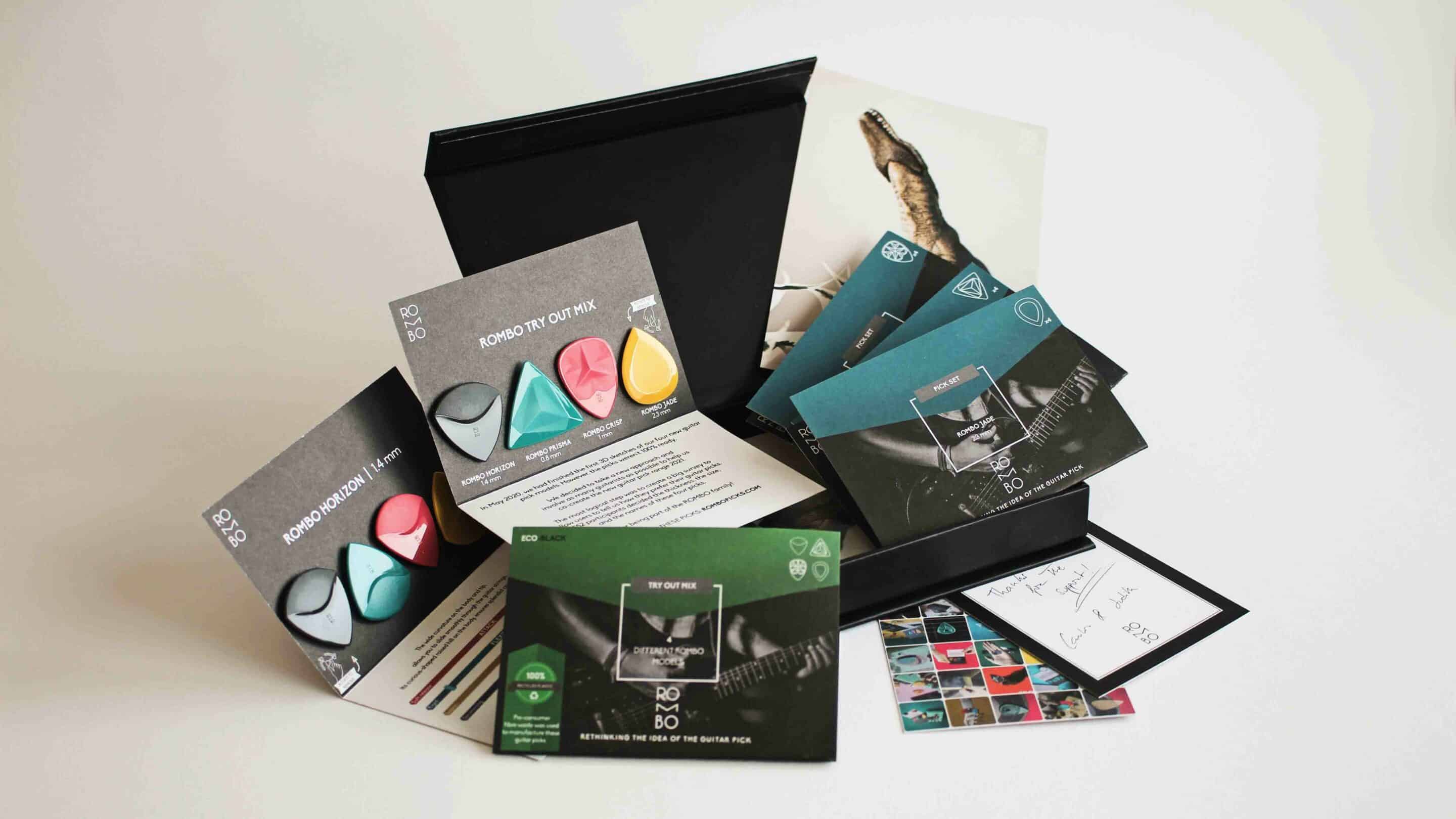
In the dynamic world of business, the term “marketing fulfillment” often gets overshadowed by more glamorous concepts like advertising campaigns or social media strategies. However, its role is pivotal in the seamless execution of marketing plans, providing the physical and digital materials necessary to support a brand’s outreach efforts. This article delves into the intricacies of marketing fulfillment, uncovering its importance, challenges, and effective strategies to ensure its success.
Jump right in: Marketing Fulfillment Explained
- What is Marketing Fulfillment
- Why is Marketing Fulfillment Important?
- Challenges in Marketing Fulfillment
- Key ingredients for Sucessful Marketing Fulfillment
- Strategies for Effective Marketing Fulfillment
- Future Trends in Marketing Fulfillment
- 12 Innovative Marketing Material Ideas to Elevate your Brand
- Summary
What is Marketing Fulfillment?
Definition: Marketing fulfillment refers to the process of managing, storing, assembling, and distributing marketing materials. It involves a series of operations from the creation of these materials to their final delivery.
It encompasses everything from printed brochures and promotional items to digital assets, ensuring they are available and distributed effectively to meet a company’s marketing needs. This process is crucial in equipping sales teams, preparing for product launches, and managing materials for trade shows and other events.
Why is Marketing Fulfillment Important?
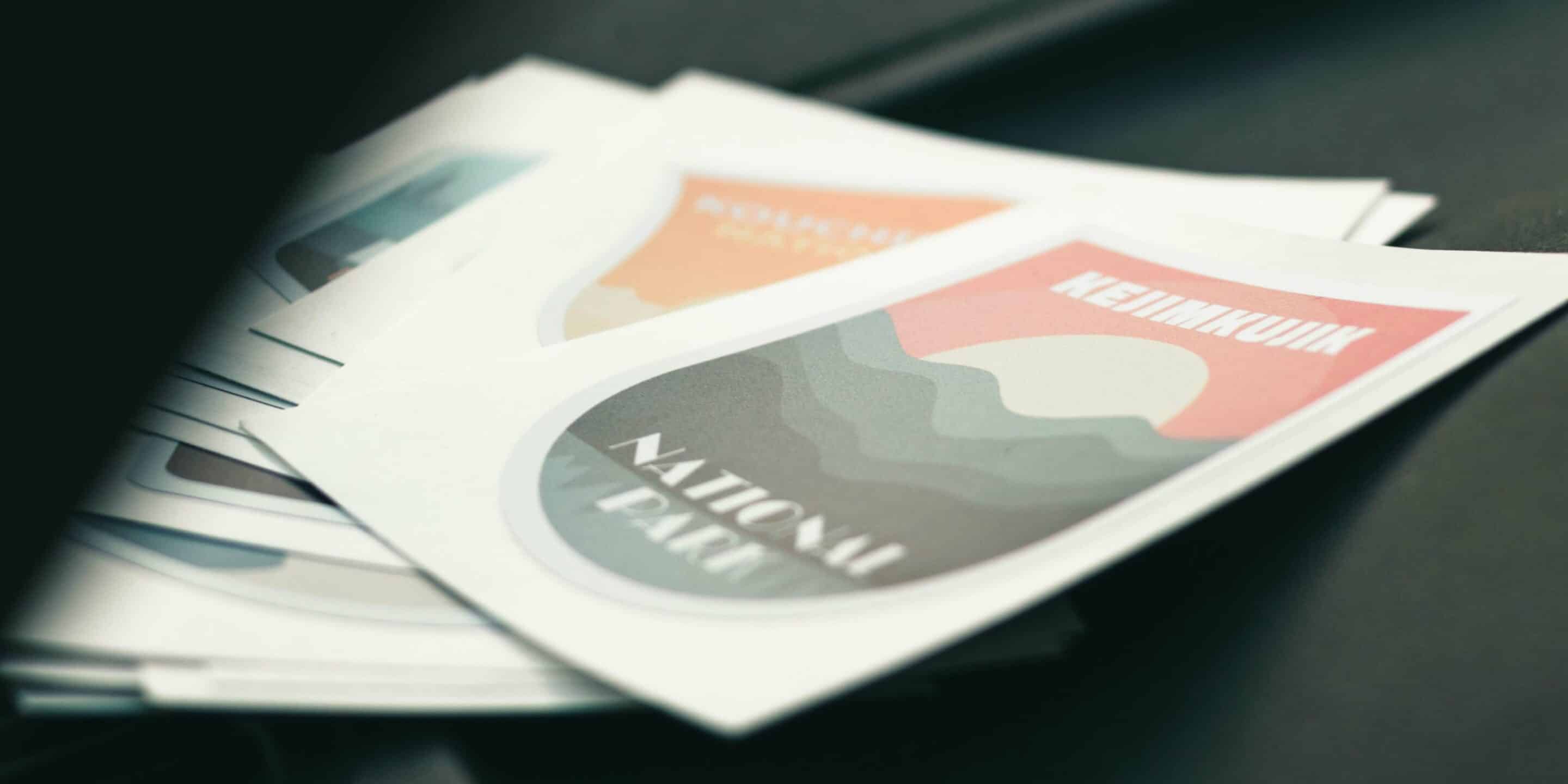
Marketing fulfillment serves as a critical bridge between a company’s marketing strategy and its implementation. It ensures that the right materials are at the right place, at the right time, and in the right quantity. This efficiency is vital for maintaining brand consistency, supporting sales efforts, and enabling timely responses to market opportunities.
Challenges in Marketing Fulfillment
Marketing fulfillment, an integral part of a brand’s outreach, faces a myriad of challenges in an ever-evolving business landscape. Understanding these challenges is the first step towards crafting efficient and effective fulfillment strategies.
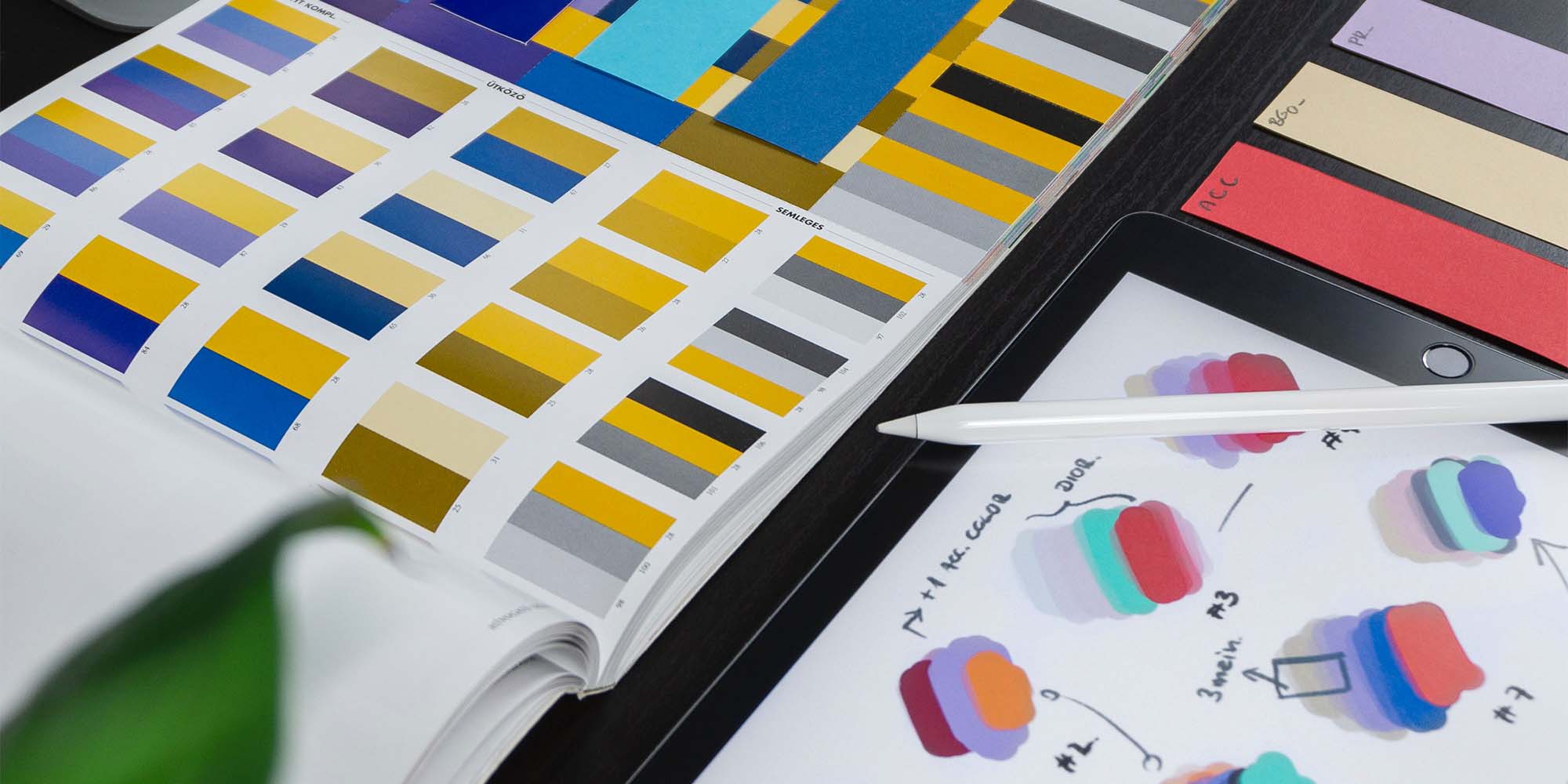
Maintaining Brand Consistency
In the whirlwind of producing diverse marketing materials, from digital ads to print brochures, maintaining a consistent brand image and message is a Herculean task. This consistency is the linchpin of brand recognition and customer trust. When each piece of material tells a different story, it confuses the audience and dilutes the brand’s impact. The challenge lies in harmonizing the brand’s voice across all platforms and materials while catering to various market segments and regions.
Strategies for Overcoming This Challenge:
- Implement Brand Guidelines: Establishing comprehensive brand guidelines ensures consistency across all marketing materials.
- Regular Audits: Conducting regular audits of marketing materials can help in identifying and rectifying inconsistencies.
- Centralized Asset Management: Using a centralized system for all marketing assets can streamline access and usage, ensuring consistency.
Managing Outdated Materials
The rapid pace of market and product changes often results in a surplus of outdated marketing materials. This not only leads to financial waste but also risks presenting outdated or incorrect information to potential customers. The challenge is to remain agile, updating materials in real-time to reflect the latest offerings and information.
Strategies for Overcoming This Challenge:
- Digital First Approach: Emphasizing digital materials can reduce the reliance on printed materials, making updates more efficient.
- Print on Demand: Adopting a print-on-demand model ensures that only current and necessary materials are printed.
- Regular Inventory Checks: Frequent checks can help identify and phase out outdated materials before they reach the audience.
Meeting Market Demands
Today’s market demands quick turnaround times. Customers and sales teams expect up-to-date and relevant materials at a moment’s notice. This demand for speed must be balanced with quality, ensuring that materials are not only delivered quickly but also uphold the brand’s standards.
Strategies for Overcoming This Challenge:
- Streamline Production Processes: Optimizing production workflows can significantly reduce turnaround times.
- Invest in Technology: Leveraging technology like automation and cloud-based systems can enhance the speed and efficiency of fulfillment processes.
- Enhanced Communication Channels: Improving communication between departments can ensure quicker responses to market changes.
Want to Simplify your Marketing Fulfillment?
Get a FREE QUOTE from eFulfillment Service today to see how we can help smooth out your brand’s marketing fulfillment!
Key Ingredients for Successful Marketing Fulfillment
In the intricate dance of marketing fulfillment, certain elements stand out as pivotal for success. These ingredients not only ensure efficiency but also significantly enhance the impact of marketing efforts.
Speed to Market
In today’s fast-paced business environment, speed is not just a luxury—it’s a necessity. The ability to quickly produce and distribute marketing materials can be the difference between capitalizing on an opportunity and missing the boat.
Why It Matters: Speed to market allows businesses to stay relevant and responsive to current trends and customer needs. It ensures that your message reaches the audience when it’s most pertinent.
How to Achieve It: Streamlining production processes, optimizing supply chains, and employing agile methodologies are key. Also, anticipating market needs and having a proactive strategy in place can drastically reduce time to market.
Personalization
Personalization is the golden thread in the fabric of modern marketing. Tailoring materials to specific customer segments makes the communication more relevant and engaging, significantly enhancing its effectiveness.
Why It Matters: Personalized marketing speaks directly to the customer, increasing engagement and loyalty. It shows that a brand understands and values its customers’ unique preferences and needs.
How to Achieve It: Leveraging customer data and analytics is crucial. Utilizing this data to create targeted and relevant messaging can transform a standard marketing piece into a personal conversation with your audience.

Adaptability
The only constant in business is change. Adaptability in marketing fulfillment means the ability to quickly and efficiently adjust strategies and materials in response to evolving market conditions and customer feedback.
Why It Matters: Adaptability ensures that marketing efforts remain effective and relevant. It allows businesses to pivot in response to market disruptions or competitive actions.
How to Achieve It: Cultivating a culture of flexibility and continuous improvement within the organization is key. Implementing systems that can quickly scale up or down and embracing a mindset of ongoing learning and evolution are essential.
Technology Utilization
In the age of digital transformation, leveraging technology in marketing fulfillment is not just an advantage—it’s imperative. Modern software solutions can significantly streamline the fulfillment process, enhancing efficiency and accuracy.
Why It Matters: Technology reduces manual errors, saves time, and offers insights that can be leveraged for better decision-making. It enables automation of repetitive tasks, freeing up resources for more strategic activities.
How to Achieve It: Investing in cloud-based platforms, automation tools, and AI-driven analytics can revolutionize the fulfillment process. Embracing digital tools for project management, inventory tracking, and data analysis is essential for modern businesses.
Strategies for Effective Marketing Fulfillment
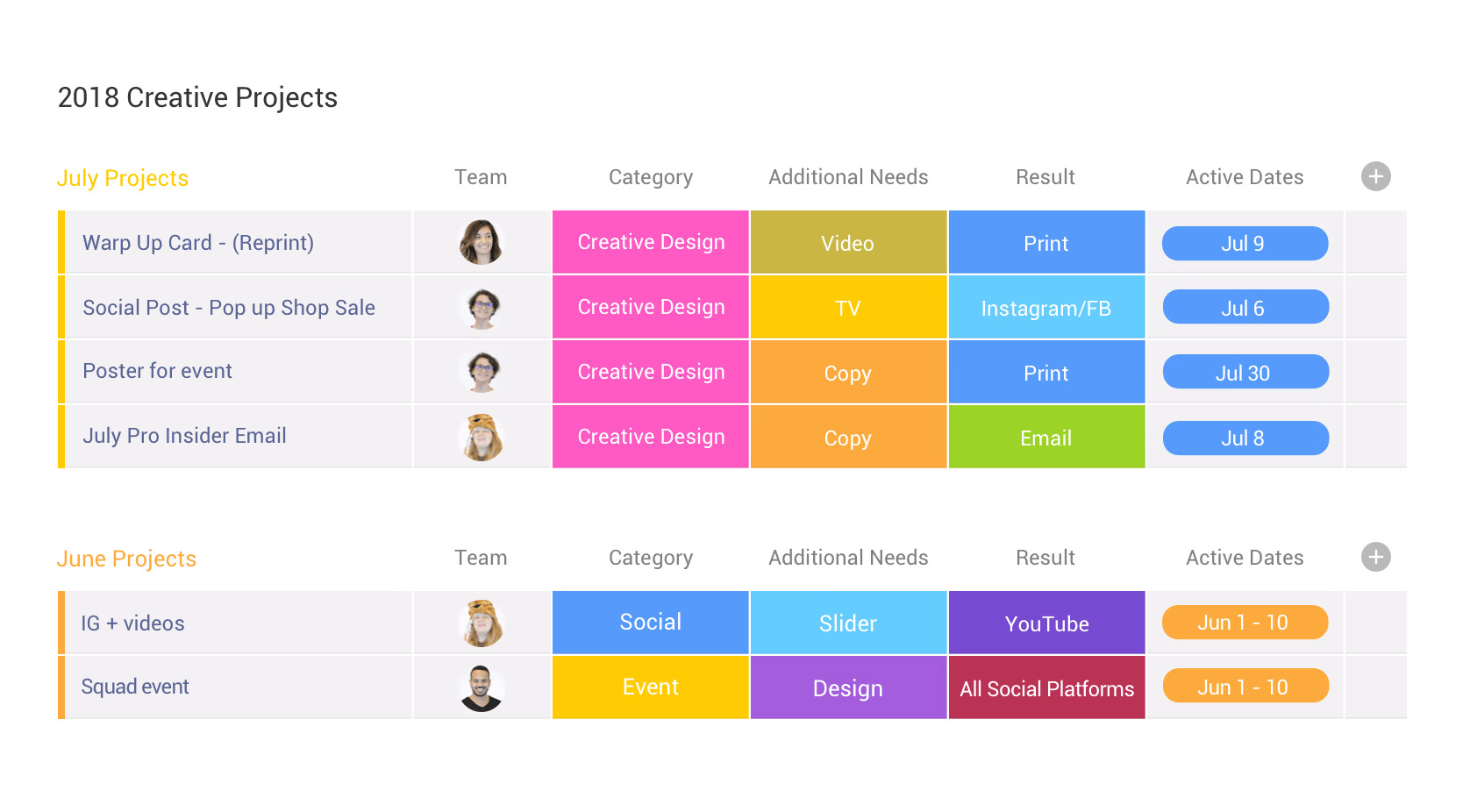
Centralize Marketing Assets
Centralization is key. Using an online portal such as Monday, Notion, or a company Google Drive to manage all marketing assets radically improves efficiency. This strategy streamlines access to the latest materials, reduces duplication, and ensures brand consistency across all platforms.
Benefits: Easy access and management of marketing assets, leading to improved consistency and reduced time in locating and using these resources.
Implementation Tips: Choose a platform that is intuitive, scalable, and secure. Ensure that it supports various file types and offers robust search capabilities.
Leverage Technology
The power of technology in marketing fulfillment cannot be overstated. Cloud-based systems and automation tools not only expedite turnaround times but also significantly reduce manual errors. Embracing these technologies can transform your fulfillment process, making it more agile and adaptable to market changes.
Benefits: Increased efficiency, reduced errors, and the ability to quickly adapt to market needs.
Implementation Tips: Identify the areas in your fulfillment process that can benefit most from automation and invest in the right tools that integrate well with your existing systems.
Sustainable Practices
Sustainability is no longer optional; it’s a critical component of modern business practices. Incorporating eco-friendly and sustainable methods in marketing fulfillment not only aligns with global trends but also resonates with environmentally conscious consumers.
Benefits: Positive brand image, reduced environmental impact, and potential cost savings.
Implementation Tips: Source eco-friendly materials, optimize logistics to reduce carbon footprint, and promote your sustainable practices in your marketing campaigns.
Utilizing a Third-Party Logistics Provider (3PL)

Integrating a 3PL into your marketing fulfillment strategy can be a game-changer. A 3PL specializes in the logistics of storage, distribution, and shipping. Outsourcing Marketing Fulfillment to a 3PL allows you to focus on core business functions while they handle the complexities of fulfillment.
Benefits: Enhanced efficiency, reduced overhead costs, and access to specialized logistic expertise.
Implementation Tips: Choose a 3PL provider that aligns with your business needs and values. Look for providers with a strong track record in your industry and the capability to scale as your business grows.
Future Trends in Marketing Fulfillment
As we peer into the crystal ball of marketing fulfillment, certain trends are starting to emerge, poised to redefine how businesses should think about approach this crucial aspect of their branding.

Advanced Analytics and AI
The future of marketing fulfillment is smart—powered by advanced analytics and artificial intelligence. These technologies are set to revolutionize how businesses personalize customer experiences.
Impact of Advanced Analytics: Imagine having the ability to predict customer behavior, understand preferences in real-time, and tailor marketing efforts accordingly. Advanced analytics will allow businesses to dive deep into customer data, uncovering insights that were previously hidden.
AI’s Role: Artificial Intelligence will take personalization to the next level. From automated content creation to predictive analytics, AI will enable businesses to anticipate customer needs and deliver tailored marketing materials with unprecedented precision.
Implementation Strategy: To harness these technologies, businesses must invest in robust analytics platforms and AI tools. It’s equally important to build a team with the skillset to interpret and act on the data these technologies provide.

Sustainability
The drumbeat of sustainability is getting louder, and it’s resonating through the world of marketing fulfillment. Eco-friendly practices are shifting from being a ‘nice-to-have’ to a ‘must-have’.
Growing Importance: As consumers become more environmentally conscious, they are starting to favor brands that align with their values. This shift is pushing companies to rethink their fulfillment strategies, prioritizing sustainability.
Sustainable Fulfillment Options: This could include everything from using recycled materials for packaging to optimizing logistics to reduce carbon emissions. The goal is to minimize environmental impact without compromising efficiency.
Adopting Sustainable Practices: Companies need to audit their current fulfillment processes, identify areas for improvement, and implement changes. This might require upfront investment, but it can pay off in terms of customer loyalty and brand image.
Integration of Digital and Physical Assets
The line between digital and physical marketing assets is blurring. The future lies in creating a seamless blend of these materials, providing a cohesive and holistic brand experience.
The Blended Approach: This trend is about integrating the tangibility of physical assets with the versatility of digital ones. Imagine a world where QR codes on brochures lead to immersive digital experiences or augmented reality bringing a static ad to life.
Enhancing Customer Experience: This integration aims to create a more engaging and interactive customer journey, enhancing the overall brand experience.
Strategic Implementation: Businesses will need to rethink their approach to marketing material creation, ensuring that digital and physical assets complement each other. This requires a collaborative effort between different teams, from design to digital marketing to fulfillment.
12 Innovative Marketing Material Ideas to Elevate Your Brand
Creating marketing materials that resonate with your audience and reinforce your brand identity is vital for any successful marketing strategy. Below are some innovative marketing material ideas that can help set your brand apart.
1. Interactive Brochures: Go beyond the standard brochure format by incorporating elements that engage the reader through pull-tabs, pop-ups, or augmented reality that brings the content to life when viewed with a smartphone.
2. Branded Merchandise: Leverage the power of branded merchandise that customers can use in their daily lives, such as eco-friendly tote bags, water bottles, or USB drives, keeping your brand at the forefront of their minds.
3. Infographic Flyers: Convey complex data and statistics through visually appealing infographics that are easy to digest. These are particularly effective for sharing on social media or handing out at events.
4. Customized Stationery: Personalized stationery, including notepads, pens, and envelopes, can be a subtle yet powerful branding tool, as they often make their way onto your client’s desks and into their meetings.
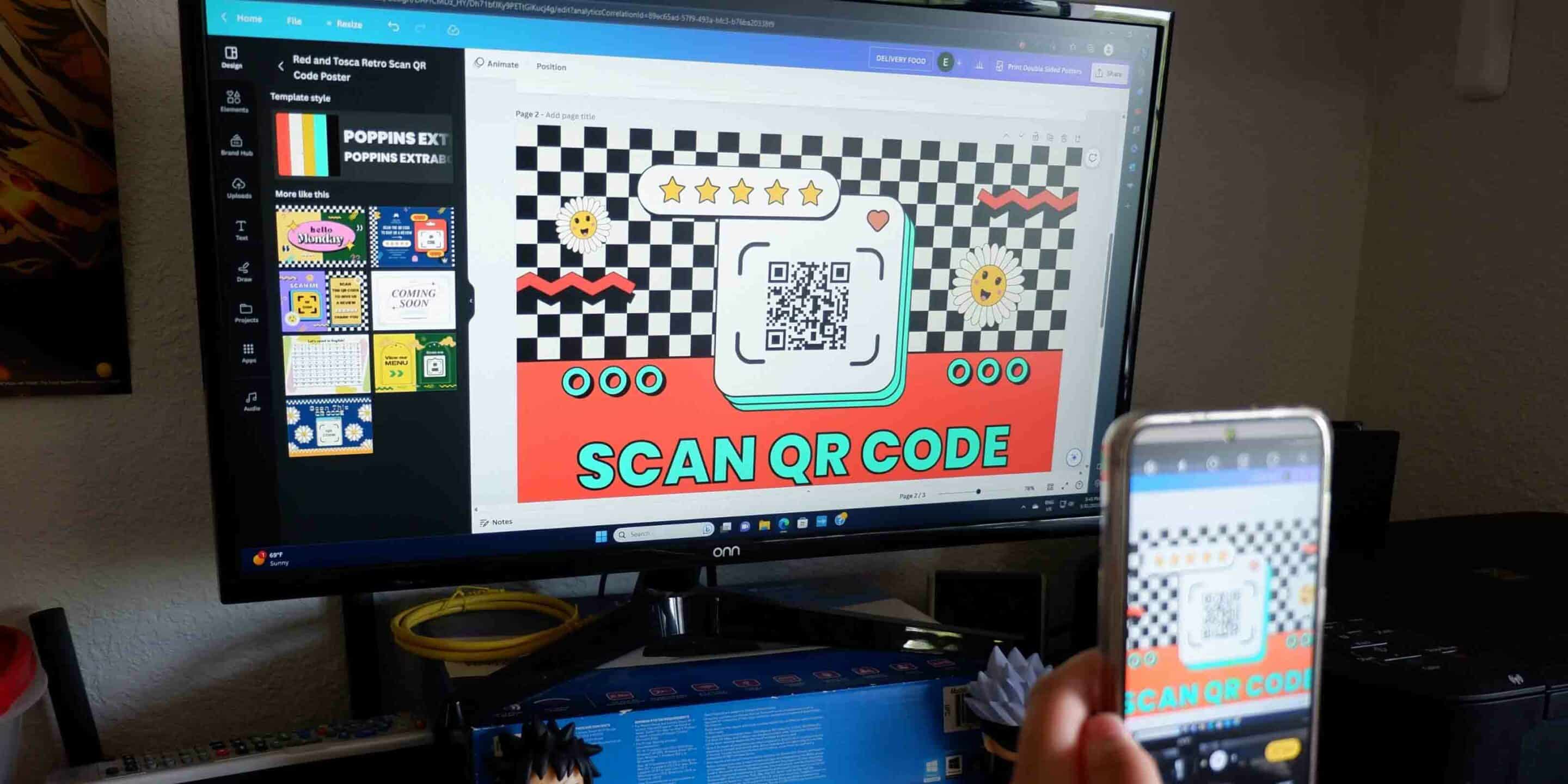
5. Video Business Cards: Include a QR code on your business card that links to a short video about your company or a personal greeting. This modern twist can make a memorable impact.
6. Educational Booklets: Provide value through informative booklets that educate your audience on relevant industry topics, positioning your brand as a thought leader.
7. Sample Packs: If your product allows for it, offer sample packs. This gives potential customers a risk-free way to experience your offerings and can lead to increased sales.
8. Stickers and Decals: These are a cost-effective and fun way to increase brand visibility. They can be used on laptops, water bottles, cars, and more, turning everyday items into brand ambassadors.
9. 3D Mailers: Stand out in the mailbox with a creative 3D mailer that requires assembly. It engages customers through interaction and can be designed to reflect the core values of your brand.
10. Digital Downloads: Offer valuable resources like e-books, whitepapers, or exclusive reports as a download in exchange for an email subscription, building your digital marketing list.
11. Event Passes and Lanyards: For event marketing, branded passes and lanyards can be a fantastic way to increase visibility both during and after the event.
12. Loyalty Cards: Encourage repeat business with loyalty cards that offer discounts or rewards, fostering a continued relationship with your customer base.
Looking for more marketing material ideas? Check out Visme’s great video below about marketing material ideas for small businesses:
Summary:
As we’ve explored, mastering marketing fulfillment is not just about managing logistics; it’s about infusing agility, personalization, and technological innovation into every aspect of the process.
From maintaining brand consistency to embracing advanced analytics and AI, the strategies outlined here are not just recommendations—they are imperatives for success. As we look towards the future, the integration of digital and physical assets, alongside a steadfast commitment to sustainability, will distinguish leaders in this field.
Remember, in the competitive world of business, the efficiency, relevance, and impact of your marketing fulfillment strategies can be the deciding factor between your brand merely surviving and truly thriving. Stay adaptable, embrace technology, and always keep your customer at the heart of your fulfillment strategies. The path to success in marketing fulfillment is clear—it’s time to take the first step.
Simplify your Marketing Fulfillment!
Get a free quote from eFulfillment Service and see how a 3PL could simplify Marketing Fulfillment!




0 Comments